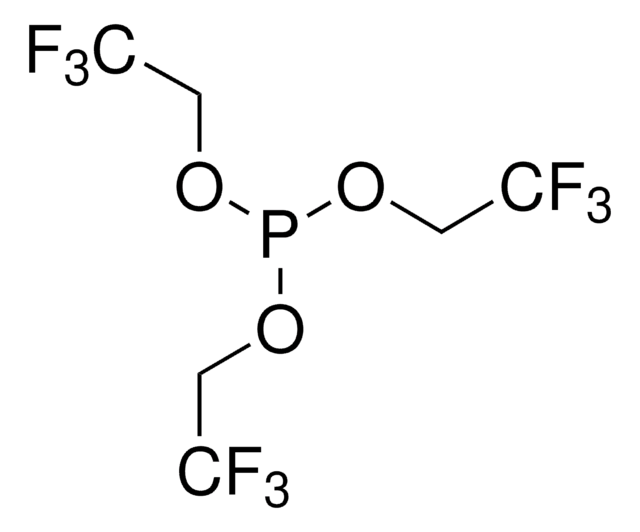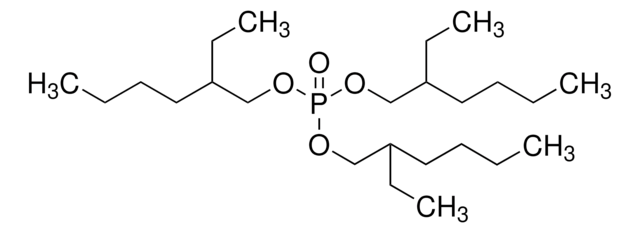441805
Tris(nonylphenyl) phosphite
Sinonimo/i:
Tri(monononylphenyl) phosphite
About This Item
Prodotti consigliati
Stato
liquid
Indice di rifrazione
n20/D 1.528 (lit.)
P. ebollizione
>360 °C (lit.)
Densità
0.99 g/mL at 25 °C (lit.)
Stringa SMILE
CCCCCCCCCc1ccccc1OP(Oc2ccccc2CCCCCCCCC)Oc3ccccc3CCCCCCCCC
InChI
1S/C45H69O3P/c1-4-7-10-13-16-19-22-31-40-34-25-28-37-43(40)46-49(47-44-38-29-26-35-41(44)32-23-20-17-14-11-8-5-2)48-45-39-30-27-36-42(45)33-24-21-18-15-12-9-6-3/h25-30,34-39H,4-24,31-33H2,1-3H3
WGKLOLBTFWFKOD-UHFFFAOYSA-N
Descrizione generale
Applicazioni
Avvertenze
Danger
Indicazioni di pericolo
Consigli di prudenza
Classi di pericolo
Aquatic Acute 1 - Aquatic Chronic 1 - Eye Dam. 1 - Repr. 2 - Skin Irrit. 2 - Skin Sens. 1
Codice della classe di stoccaggio
10 - Combustible liquids
Classe di pericolosità dell'acqua (WGK)
WGK 3
Punto d’infiammabilità (°F)
404.6 °F - closed cup
Punto d’infiammabilità (°C)
207 °C - closed cup
Dispositivi di protezione individuale
Eyeshields, Gloves
Scegli una delle versioni più recenti:
Possiedi già questo prodotto?
I documenti relativi ai prodotti acquistati recentemente sono disponibili nell’Archivio dei documenti.
I clienti hanno visto anche
Il team dei nostri ricercatori vanta grande esperienza in tutte le aree della ricerca quali Life Science, scienza dei materiali, sintesi chimica, cromatografia, discipline analitiche, ecc..
Contatta l'Assistenza Tecnica.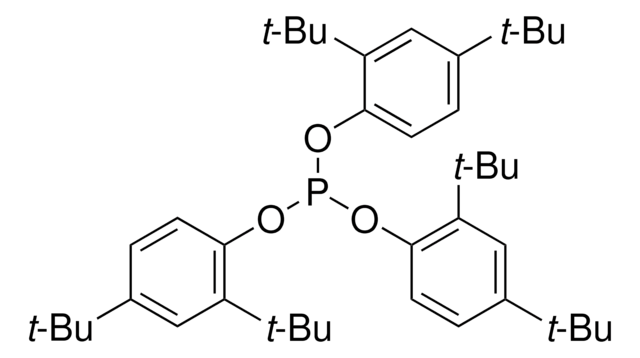
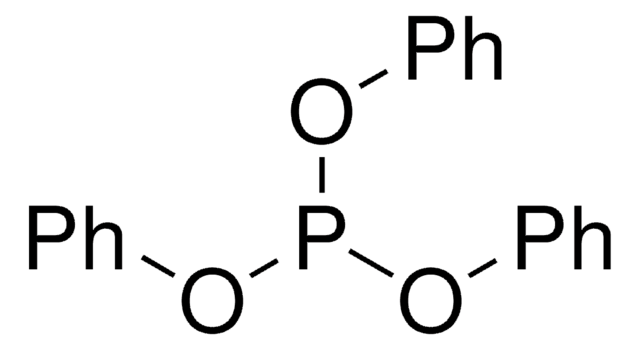

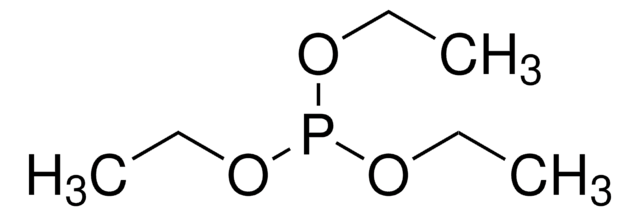

![3,9-Bis(octadecyloxy)-2,4,8,10-tetraoxa-3,9-diphosphaspiro[5.5]undecane](/deepweb/assets/sigmaaldrich/product/structures/426/453/2ce260eb-38be-4a9d-b432-9710a0c9a290/640/2ce260eb-38be-4a9d-b432-9710a0c9a290.png)

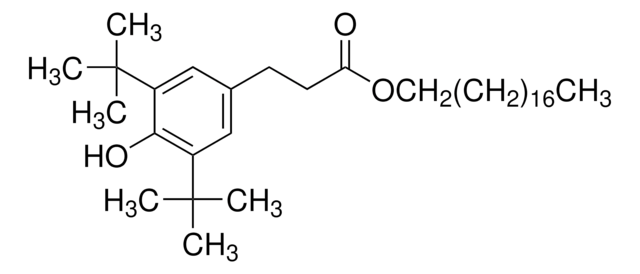




![3,9-Bis(2,4-dicumylphenoxy)-2,4,8,10-tetraoxa-3,9-diphosphaspiro[5.5]undecane](/deepweb/assets/sigmaaldrich/product/structures/163/089/23367906-df78-4721-b2a6-690cd4c2a9a9/640/23367906-df78-4721-b2a6-690cd4c2a9a9.png)
